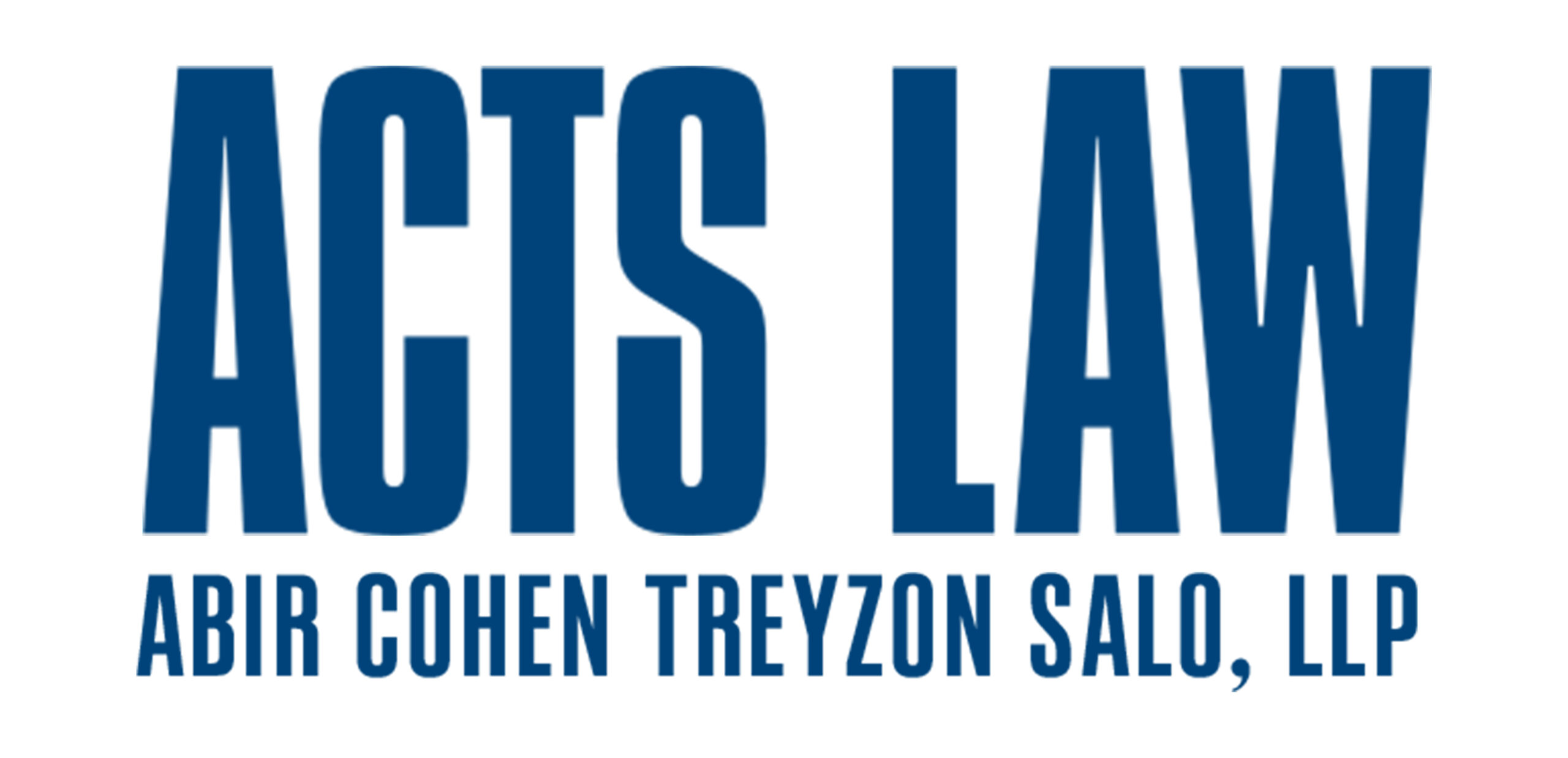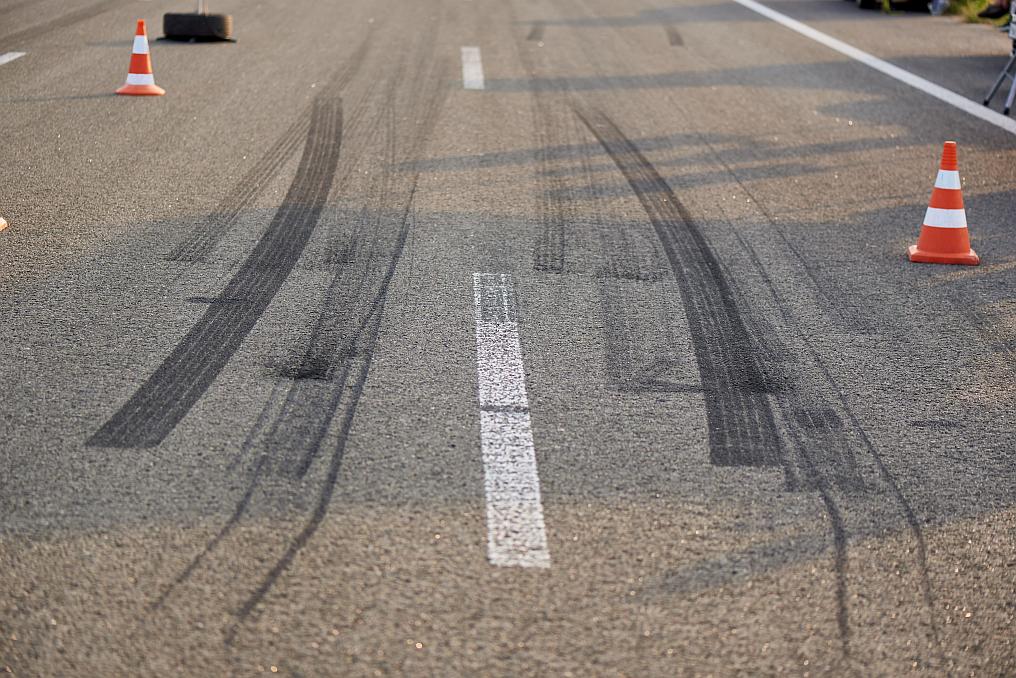Every time a driver gets behind the wheel of a car, truck, or SUV, safety should be a top priority. Unfortunately, even the safest, most responsible drivers are at risk of being in a serious car accident if they let their guard down and become complacent when it comes to safety. Whether navigating city streets, a busy highway, or a quiet residential area where children are riding their bikes or running across the street, it is always a good idea to revisit some important safety tips that can improve motorists’ driving skills and remind them about the rules of the road. If a motorist’s unsafe driving behavior causes a serious car accident, a catastrophic injury lawyer will assist the injured victim with the claims process and ensure that they receive the financial compensation they deserve.
What are the Top Recommended Safe Driving Tips?
From newly licensed teen drivers to seasoned motorists who have been driving for decades, there is always room for improvement when it comes to safe driving. The following safety tips are a great reminder to all drivers to make safety a top priority every time they get behind the wheel.
- Go back to the basics. In order to pass their driver’s test, newly licensed drivers have to remember a wide range of rules, from following the posted speed limit and keeping their hands at 10 and two to slowing down when a traffic light turns green and checking blind spots when changing lanes. When motorists reach a certain comfort level after having their driver’s license for a while, they often forget some of the basic rules of the road or fail to follow them as closely. Remembering the basic rules of the road, including proper use of signals and mirrors, steady and smooth stopping, and how to safely merge into traffic, can reduce the risk of a car accident.
- Use mirrors to monitor traffic. Cars and trucks come equipped with rearview and side mirrors for a reason. They allow the driver to monitor the other vehicles in the vicinity. By regularly checking the mirrors, the driver can see other vehicles approaching from behind, and next to his or her car. Although it is always a good idea to check the vehicle’s blind spot, particularly if it is a truck that has a larger blind spot, checking the vehicle regularly can help the driver avoid another motorist who may be driving in an unsafe manner.
- Avoid tailgating. Oftentimes, drivers tailgate because they are in a rush, running late, or are stuck behind a motorist who is driving below the speed limit. In any situation, tailgating is never a good idea. If the motorist in front of the tailgating vehicle comes to an abrupt stop, it can cause a rear-end accident. Depending on the speed the vehicles were traveling, this can cause serious injuries, including whiplash. Motorists can avoid tailgating by making sure that they have plenty of time to arrive at their destination. In addition, it is highly recommended that motorists follow the four-second rule when driving behind another car. A vehicle should reach a point four seconds after the car in front reaches the same point.
- Be prepared for the unexpected. Drivers should always pay close attention to their surroundings and stay alert to unexpected situations, including children darting out into the street, getting cut off by another motorist, and an animal running across the road. Other motorists may also stop suddenly or make unexpected turns without signaling. Motorists are urged to always be aware of these scenarios, take proactive steps to anticipate these hazards, and stay safe behind the wheel.
- Use headlights properly. It is important that motorists understand how to use their headlights. For example, high beams can be very helpful when conditions require them. However, keeping the high beams on when other vehicles are approaching can be blinding to oncoming drivers. Driver should keep the following tips in mind:
– Motorists should not use high beams when driving in fog, rain, or snow, as they are not effective.
– When an approaching car that has its high beams on, drivers should not look directly at the car. Instead, they should look at the side of the road.
– If a motorist who is following another driver has their high beams on, they should flip the lever under the rearview mirror to deflect the light out of their eyes.
- Prepare for the trip. There are steps that motorists should take before they even leave the driveway, including adjusting the seats and mirrors, setting up the navigation system, and securing the seat belt. Motorists should also turn off all phone alerts so that they will not be tempted to answer the phone or respond to a text while driving.
- Consider taking a driving class. There are a number of benefits to taking a driving class. They help sharpen people’s driving skills, regardless of how many years the driver has had a driver’s license. In addition, many insurance companies offer discounted rates for people who have completed a defensive driving course.
- Avoid aggressive drivers. Aggressive driving behavior can be very dangerous. Aggressive drivers tend to tailgate, honk their horns, and make rude gestures to other motorists. In extreme cases, aggressive driving can escalate to a very dangerous road rage incident. Drivers should not engage with an aggressive driver. They should move to another lane or take the first exit if the driver’s behavior is concerning. The motorist should call 911 and report the driver if the driving behavior is endangering other motorists.
- Avoid distractions. Distracted driving is one of the top causes of serious, yet preventable car accidents. Talking or texting on the phone is a major example of this dangerous driving behavior. Drivers are urged to put their phones out of reach while they are driving, or to pull over to a safe spot if they must take a call or send a text. Other common distractions include changing the radio station, reaching for something in the back seat, and arguing with another passenger in the vehicle.
- Do not drink and drive. In addition to being illegal, driving while under the influence can cause devastating car accidents involving severe, often fatal personal injury. According to the Insurance Institute for Highway Safety (IIHS), motorists with a blood alcohol content (BAC) of 0.08 are considered legally drunk. However, even so-called buzzed driving can cause serious accidents because alcohol slows reflexes, making it difficult for a motorist to react quickly to a situation. If a motorist hits another car, a bicyclist, or a pedestrian while driving impaired, the consequences are much more severe, including possible jail time, a suspended driver’s license, and steep fines.
- Avoid drowsy driving. Studies show that drowsy driving can be just as dangerous as drunk driving. In fact, drivers who are awake for 18 hours or more may feel as impaired as if they had a BAC of 0.05 %. If a motorist experiences any symptoms of drowsiness, including yawning, excessive blinking, nodding off, and trouble concentrating, he or she should avoid driving; or pull over to a safe, well-lit spot; and take a nap.
- Reduce stress. The key to safe driving is to relax. The following tips can help drivers reduce their stress levels while driving:
– When traveling or going to work, drivers should leave early to allow more time for unanticipated traffic. Stress levels can run high if a motorist experiences a traffic jam when he or she is already running late.
– A motorist must not assume that everyone else is a safe driver. It is best to practice defensive driving and remain alert at all times.
– Keys, a purse, and all other driving-related objects should be kept in one place so that they can be picked up on the way out the door.
– Before starting the car, drivers should adjust the seat, mirrors, radio station, GPS, and the temperature control.
– Motorists should make sure that the vehicle is maintained regularly, and that any necessary repairs are made as soon as possible. Drivers should check the air pressure in the tires and make sure that there is plenty of gas in the tank.
- Keep an emergency kit in the vehicle. It is always a good idea to keep a well-stocked emergency kit in the event of an accident or if the car breaks down. This should include extra blankets, jumper cables, flashlights with extra batteries, a first aid kit, bottled water, and non-perishable food items.
Los Angeles Car Accident Lawyers at ACTS LAW Represent Motorists Who Have Been Injured in a Car Accident
If you or a loved one was seriously injured in a car accident that was caused by a negligent driver, do not hesitate to contact the Los Angeles car accident lawyers at ACTS LAW. We will explain every step of the claims process, address all of your questions and concerns, and fight for the financial compensation you deserve for your injuries. We will continue to advocate for you until you are completely satisfied. To schedule a free, confidential consultation, call us today at 833-228-7529 or contact us online.
With offices located in Los Angeles and San Diego, we serve clients throughout Southern California.


